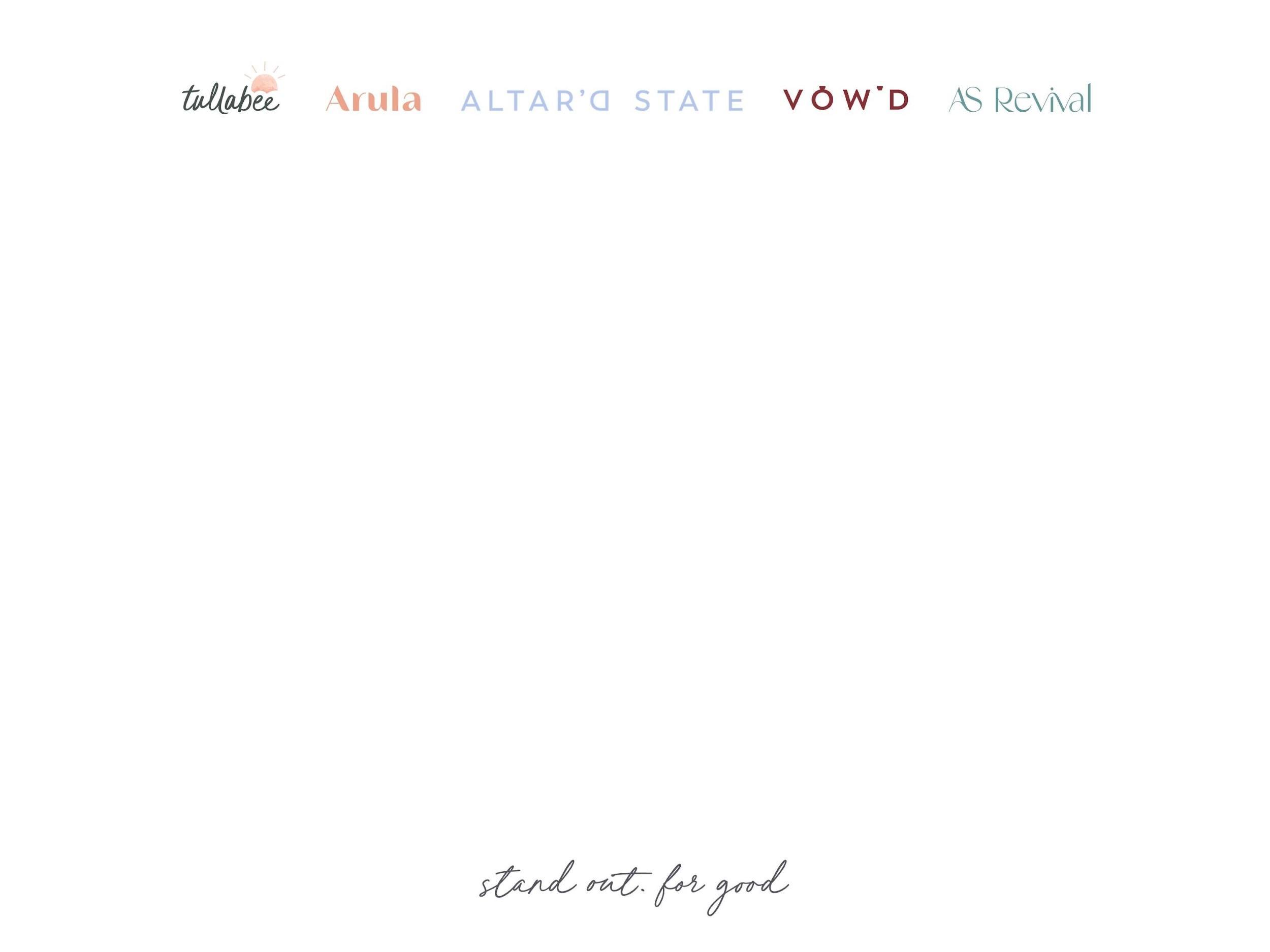

STOCKROOM SET UP

Setting up a successful backroom and/or offsite storage space is critical to your success! Follow these guidelines when setting up to ensure you are set up for success! The backroom should be set up to serve the guest and maximize productivity. The stockroom needs to be set up in a way that any associate – no matter how new – can quickly serve the guest. Every backroom is different and has different challenges. Partner with your DM and VDM for the right solutions for your store.
General:
● Shipment must be dated on the day it arrives. This will allow you to work oldest to newest.
● New and back stock receipts should be clearly segregated. LABEL EVERYTHING!
● Do your best to keep clean pathways through the backroom.
● Use the highest areas in your stockroom (tops of shelving and above highest rail bars), for props and small visual fixtures that you do not use every day.
● Keep merchandise as low and easily accessible as possible.
● Have quarterly purge parties! Backrooms have a way of collecting broken fixtures, obsolete visual items and other clutter. Don’t be a hoarder and work with your VDM if you are unsure if something should be saved.

Apparel:
● Keep new and replenishment merchandise segregated. New boxes must be dated when they arrive so you are always processing the oldest merchandise first.
● Sort hanging, non-key-item apparel by CATEGORY, SISTERS WITH SISTERS, then LENGTH. It is much easier when replenishing the floor to identify the color story needed to fill a wall with this method.
● The exception to this is Big Idea Items. Keep Big Idea Items as identified in the most recent Hanger segregated and together by color. These are programs where you will be very deep in units on hand and will need to replenish daily.
● Hung merchandise should be steamed before it is back stocked to speed up daily replenishment. Not every piece of back stock apparel will be hung. You will not have enough space or hangers to accomplish that.
● Use the PIPP shelves to unpack heavier winter weight items (sweaters, vests, coats) to stack high!
● If you have to back stock Sale, organize it by tops vs. bottoms, and then size for quick replenishment.

Jewelry
● Jewelry needs to be kept front and forward (not hidden) to minimize shrink through loss or theft.
● Organize by type (earrings, necklaces, bracelet, etc.) on peg board or clear bins depending on what your store has available.
● Be sure you have segregated all new shipment.
● Jewelry is often mixed with apparel or OMG and if you don’t catch it immediately, it can get lost.
OMG and Accessories
● OMG should be organized off the floor like it is on the floor for ease of replenishment. Wall Art should be organized by theme/room and then alphabetized (where possible). Consult and post the quick reference personality chart in the floor set document for easy reference.
● Organize Candles by color
● Keep monogrammed items alphabetized and in one location.
● Scarves. Organize by style then color. Keep in boxes to avoid getting dirty, print a picture from the website to tape to the front of the box so the team can quickly find what style they can replenish.
● Slippers and PJs should be kept together by like styles and colors.

Off Site Storage (seasonal)
● We want to minimize moving back and forth from the offsite as much as possible.
● Move bulky fixtures, props and other items that are not used daily into the offsite. This will clear up space for merchandise on shelves.
● Keep as little as possible in the offsite. Remember this is overflow and we want to keep the merchandise close by for quick replenishment.
● Offsite should be used for replenishment – not new receipts – as much as possible.
● Storage spaces will vary by size and shape, but keep organized like you would the backroom. First In, First Out!
● Keep key items in the back room – not offsite. The merchants are buying these items with the intent of a ton of units and we need to have them handy.
● Shoes and Jewelry should not be in the offsite! This space should be used primarily for processed apparel and OMG.
● Candles should not be kept at the offsite unless climate controlled to avoid melting damage.
